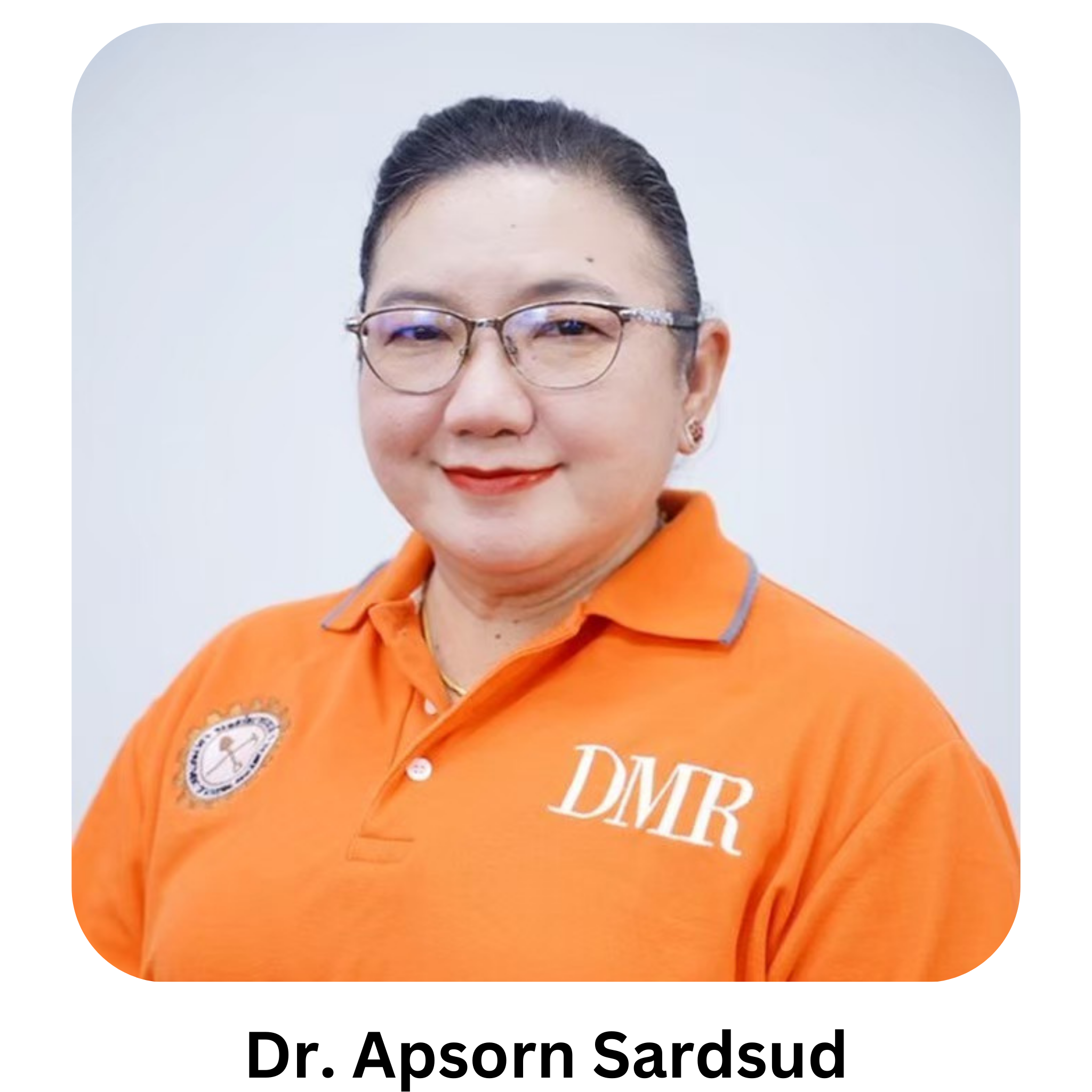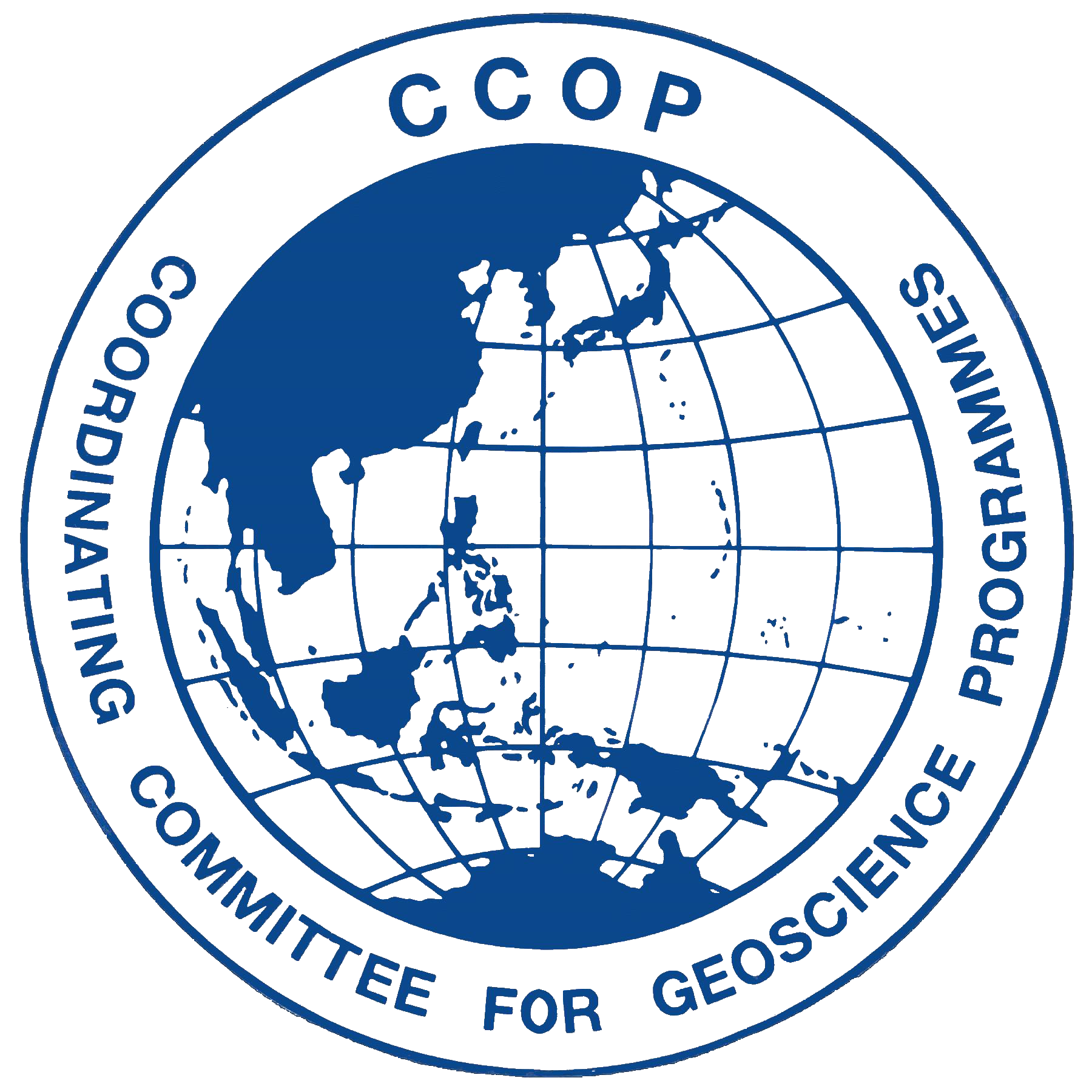Groundwater Exploration through 2D Electrical Resistivity Tomography in Labi Agricultural Site, Belait District, Brunei Darussalam
Keywords:
Agricultural Site, Electrical Resistivity Tomography, GroundwaterAbstract
Over the years, Brunei has relied on surface water as the primary water source for domestic, industrial and agricultural use. Increasing population and demands for water, especially in its growing agriculture sector, has led to groundwater exploration at the Labi agricultural site for irrigation purposes driven by the Brunei Government. Electrical Resistivity Tomography (ERT) has been used extensively to delineate subsurface structures and groundwater prospects. The technique was employed in the study area using the pole-dipole array configuration with a survey line of 300 m and a target investigation depth of 100 m from the surface. The 2D resistivity model revealed groundwater zone with resistivity values ranging from 5 to 100 ohm-m. A borehole was drilled through this zone to a maximum depth of 80 m from the surface. A borehole drilling encountered multiple saturated layers of sand between depths of 4 to 78 m. Pumping test showed the groundwater was able to be produced at a steady rate of 288 m³/day. Aquifer transmissivity estimated using the unsteady Cooper Jacob analysis was 109 m²/day indicated moderate potential for groundwater usage in the study area for irrigation purposes. The resistivity survey, combined with borehole drilling and testing, provided insights into groundwater hydrology at the Labi agricultural site. The present study helped decision-makers take suitable measures to place future irrigation wells and achieve significant groundwater exploration results in the study area and other regions with similar geological settings.
References
Annuar, U. M., & Nordiana, M. M. (2018). Aquifer detection using 2D resistivity method and porosity calculation. Jurnal Teknologi (Sciences & Engineering) 80 (6), 149-158.
Ashraf, M. A., Yusoh, R. S., & Abidin, M. H. (2018). Aquifer characterisation and groundwater potential evaluation in sedimentary rock formation. Journal of Physics: Conference Series Volume 995.
Azhar, A. S., Abdul Latiff, A. H., Lim, L. H., & Gödeke, S. H. (2019). Groundwater investigation of a coastal aquifer in Brunei Darussalam using seismic refraction. Environmental Earth Sciences, 78:220.
Aziman, M., Hazreek, Z. A., Azhar, A. T., Fahmy, K. A., Faizal, T. B., Sabariah, M., Ismail, M. A. (2018). Electrical resistivity technique for groundwater exploration in Quaternary deposit. Journal of Physics: Conference Series Volume 995.
Bailie, P., Darman, H., & Fraser, T. H. (2004). Deformation of Cenozoic basins of Borneo and West Sulawesi. Proceedings of Deepwater and Frontier Exploration In Asia & Australasia Symposium. Jakarta: Indonesian Petroleum Associations.
BDMD (2021). Climate. Retrieved from Brunei Darussalam Meteorological Department: www.bruneiweather.com.bn
Cooper, H. H., & Jacob, C. E. (1946). A generalised graphical method for evaluating formation constants and summarising well-field history. Transactions, American Geophysical Union ,27;526-34.
DAA (2018). Full Report of Electrical Imaging (Resistivity) and Soil Sampling in Brunei Darussalam. Bandar Seri Begawan: Department of Agriculture and Agrifood.
DEPS (2019). Population. Retrieved from Department of Economic Planning and Statistics, Ministry of Finance and Economy: www.deps.gov.bn
FAO (2011). AQUASTAT Country Profile - Brunei Darussalam. Rome, Italy: Food and Agriculture Organisation of the United Nations (FAO).
Fetter, C. W. (2001). Applied Hydrogeology Fourth Edition. New Jersey: Pearson Education International.
Galazoulas, E. C., Mertzanides, Y. C., Petalas, C. P., & Kargiotis, E. K. (2015). Large scale electrical resistivity tomography survey correlated to hydrological data for mapping groundwater salinisation: A case study from multilayered coastal aquifer in Rhodope, Northeastern Greece. Environmental Process 2, 19-25.
Hall, R., & Nichols, G. (2002). Cenozoic sedimentation and tectonics in Borneo: climatic influences on orogenesis. In S. J. Jones, & L. Frostick, Sediment flux to basins: causes, controls and consequences (pp. 5- 22). Geological Society London, Special Publications.
Keller, G. V., & Frischknect, F. C. (1996). Electrical methods in geophysical prospecting. Oxford: Pergamon Press Inc.
Kumar, D., Rajesh, K., Mondal, S., Warsi, T., & Rangarajan, R. (2020). Groundwater exploration in limestone-shale-quartzite terrain through 2D electrical resistivity tomography in Tadipatri, Anantapur district, Andhra Pradesh. Journal of Earth System Sciences, 129(1).
Lambiase, J. J., & Cullen, A. B. (2013). Sediment supply systems of the Champion “Delta” of NW Borneo: Implications for deepwater reservoir sandstones. Journal of Asian Earth Sciences 76, 356-371.
Lech, M., Skutnik, Z., Bajda, M., & Markowska-Lech, K. (2020). Applications of electrical resistivity surveys in solving selected geotechnical and environmental problems. Applied Sciences 10:2263.
Loke, M. H. (2012). Tutorial: 2D and 3D electrical imaging surveys. 172.
Riwayat, A. I., Ahmad Nazri, M. A., & Zainul, M. H. (2018). Application of Electrical Resistivity Method (ERM) in Groundwater Exploration. Journal of Physics: Conference Series, Volume 995.
Saad, R., Nawawi, M. N., & Mohamad, E. T. (2012). Groundwater detection in alluvium using 2-D Electrical Resistivity Tomography (ERT). Electronic Journal of Geotechnical Engineering, 369-376.
Samouëlian, A., Cousin, I., Tabbagh, A., Bruand, A., & Richard, G. (2005). Electrical resistivity survey in soil science: a review. Soil & Tillage Research 83, 173- 193.
Sandal, S. T. (1996). The geology and hydrocarbon resources of Negara Brunei Darussalam. Bandar Seri Begawan: Brunei Shell Petroleum. Sen, Z. (2015). Basic porous medium. In Z.
Sen, Practical and applied hydrogeology 1st Edition (pp. 43-97). Elsevier.
Spitz, K., & Moreno, J. (1996). A practical guide to groundwater and solute transport modelling. New York: Wiley.
Sudha, K., Israil, M., Mittal, S., & Rai, J. (2009). Soil characterisation using electrical resistivity tomography and geotechnical investigation. Journal of Applied Geophysics 67, 74-79.
Torres, J., Gartrell, A., & Hoggmascal, N. (2011). Redefining a sequence stratigraphic framework for the Miocene to present in Brunei Darussalam: roles of local tectonics, eustacy and sediment supply. International Petroleum Technology Conference. Bangkok.
Zawawi, M. H., Syafalni, & Abustan, I. (2011). Detection of groundwater aquifer using resistivity imaging profiling at Beriah landfill site, Perak, Malaysia. Advanced Materials Research Volume 250-253, 1852- 1855.
Downloads
Published
How to Cite
License
Copyright (c) 2024 Thai Geoscience Journal

This work is licensed under a Creative Commons Attribution-NonCommercial-NoDerivatives 4.0 International License.








